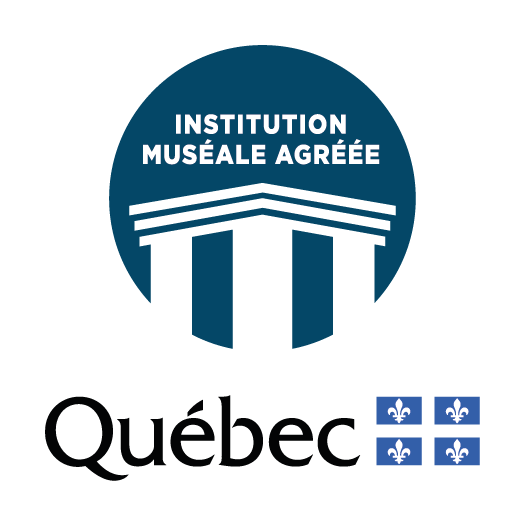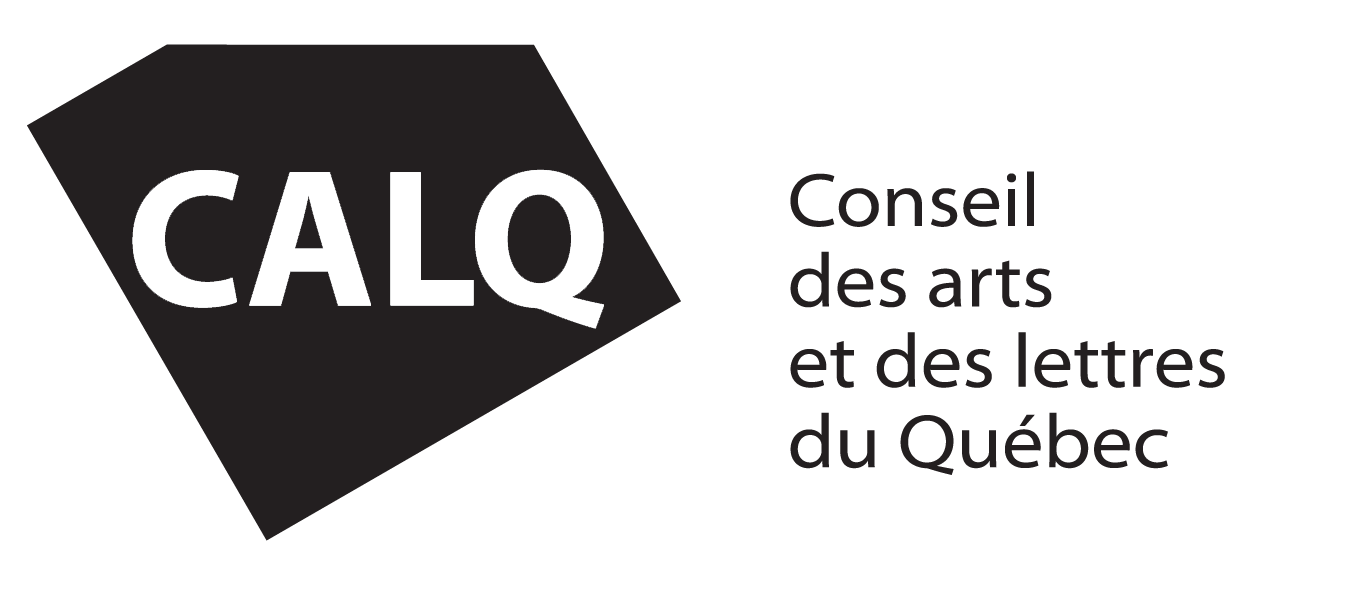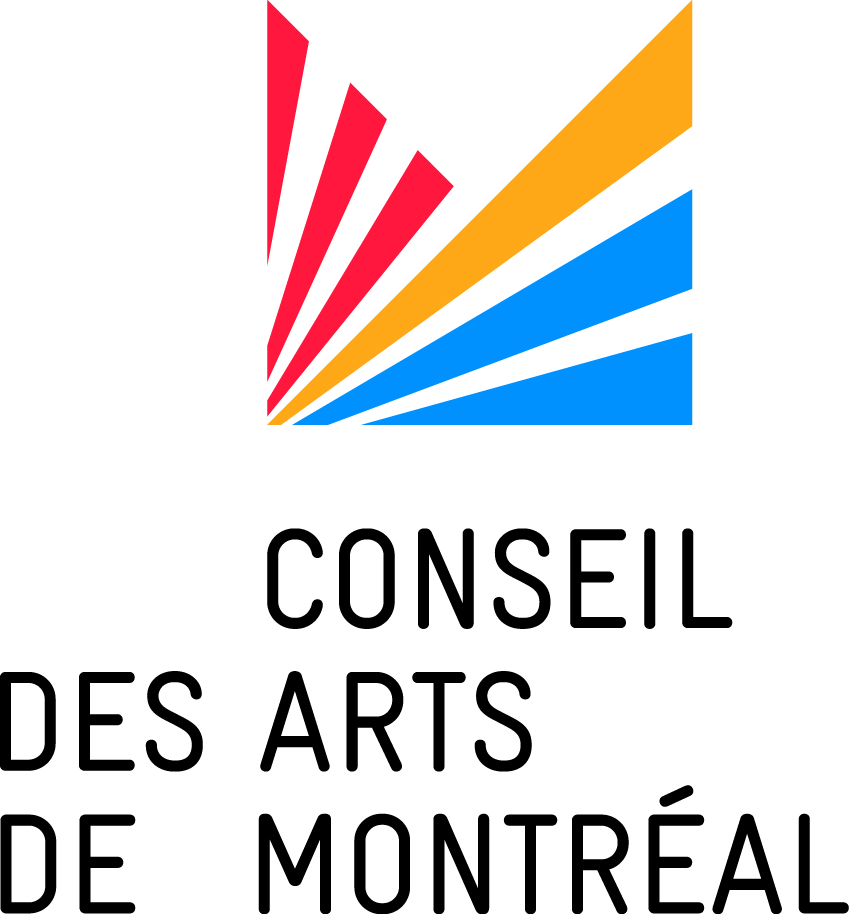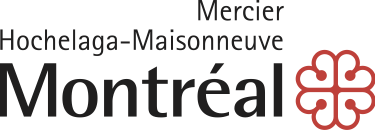“[These works] are part of the new and old worlds. They are about tradition, my tradition, which started in a slave ship”.
– R. Holland Murray (2003)
As part of Black History Month, the Guido Molinari Foundation presented, from February 3 to April 3, 2022, an exhibition bringing together works by the artist and professor Robert Holland Murray.
When Robert Murray relocated to Montreal in the late 60s, he had already begun to establish himself as an artist in his native Detroit, particularly within the Black community. In his new home, he would have to adapt as an African American within a largely white art world. More than that, he discovered that there was already a well-known Canadian sculptor named Robert Murray. So, when he first began to exhibit here, he abbreviated Robert and introduced his mother’s maiden name Holland to avoid confusion. R. Holland Murray became his professional “nom de plume”.
As an artist, Murray wrestled with and appeared to relish cultural contradictions like these, embracing hybridity and the collision of various languages like the post-bop jazz players he so admired (Monk, Coltrane, Dolphy). Ideas of duality and transformation always fascinated him and informed his practice. You could argue that there are elements of universalism running through Murray’s work, the evident influence of the Baháʼí faith on his worldview. However, there is also, almost always an edge. If it is universal, it is not defined by consensus or common belief but rather by the deeper dynamic of the universe as an unfolding force with different voices and plenty of unknowns.
The exhibition title “unpacking” is meant both literally and metaphorically. In a practical sense this exhibition began in an art storage facility, opening crates, unravelling plastic and rifling through portfolios. The warehouse search revealed many treasures, from which a number of smaller, more focused shows could have been culled. My goal with this exhibition, however, is to give a sense of the breadth of Murray’s achievement, and so what you see is a selected overview that includes drawings, paintings, prints, sculptures, and installations spanning more than three decades.
Of course, there is another kind of unpacking going on here. Identity politics and more specifically Black Lives Matter have sparked a cultural reckoning in the arts, where the exclusion and inclusion of people of colour is more consciously measured. In general, Murray spoke of his studio practice in practical rather than political terms and embraced modernist notions of play and formal invention. And yet, references to Black culture and experience are everywhere in the work. Sometimes they are explicit as in Depot Dog (1990) or the sadly lost Ecto/Endo (1983). Sometimes they appear as sly humour, particularly in his various “hair” pieces. More often they enter the work through materials, attitude, and Murray’s particular re-combinations of visual culture.
When discussing his art, Murray often used the musical analogy of “call and response”, that distinctive Black tradition brought to the Americas by the slaves that suggests both dialogue and competition. The influence of the art of Africa, especially the Songye people of the Congo, is evident in Murray’s masks, in the black and white stratification of a piece like Variegation (1985) or in his totemic wooden sculptures from the 1980s, which are sometimes studded with nails or include tufts of hair. Trained as a printmaker, there is a sense of discipline and procedure in much of his work. While this rigour gives things tremendous presence, Murray always insisted that his art was about discovery, an openness to experiment and change, even a willingness to rough-up works if necessary, re-imagining them, until they became transformed. His nine Prophets (Abraham, Krishna, Moses, Zoroaster, Buddha, Christ, Mohammed, Báb, Baháʼu’lláh) (1985), for instance are noble in stature but shabby, crooked and ordinary, with knots, pock- marks and cracked skin.
In the twenty-odd sculptures from his Parallax series (1992-95), Murray’s technical virtuosity and cultural mingling reaches an apotheosis. He trades pine and spruce for red oak, mahogany, hickory, ash and cherry. And replaces the chop saw with meticulous hand carving. The vertical axes of earlier works are maintained but now with intricately carved twists, pockets, and folds. Some of the undulated columns stand on claw-like feet, while others wear crowns of thorns or are topped with pitchforks or pinwheels. Referencing ceremonial staffs, walking sticks, weapons, tools and fetish sculptures, their obvious human dimension invites an uneasy corporeal contact.
Centrifugal rather than totemic, the artist’s final major series, Nexus (1996-2001) delivers a more concentrated punch. Constructed from pointed spears of hardwood, using Japanese joinery, they are miraculous like snowflakes, threatening like a bouquet of barbed wire. In No Safety Zone (2001), Murray combined them in interlocking sequence, saying he could imagine them expanding and growing into whatever space they were put into, as if his wooden “burs” were building blocks of existence.
Robert Murray died five years ago. Those of us who followed his career through the 1980s and 1990s here in Montreal recognized him as one of our most accomplished and powerful artists. It is my hope that this exhibition will be a reminder of that, creating a forum where we can begin to imagine Murray’s achievements as a Black artist entering more fully into the public consciousness of what constitutes Montreal Art, Quebec Art, and Canadian Art.
– David Elliott
This exhibition would not have been possible without the participation of Jan Hadlaw. She provided access to Robert’s archive, answered my many questions and has generally been a beacon throughout the project.
For more information about the artist and his work please visit the website: https://rhollandmurray.com/
Read the exhibition flyer below:













